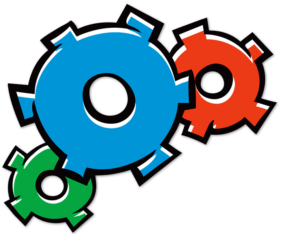Occult Spinal Dysraphisms
These disorders involve a problem with the development of the bottom part of the spinal cord and often occur in children with other problems in the urogenital and rectal development.
How is a tethered spinal cord diagnosed?
Doctors are trained to look for clues that these conditions may widen.
Taking a medical history: The doctor will ask if your child has had an imperforate anus, urinary tract infections or kidney problems.
Physical exam: The doctor will look for abnormalities in the skin of the lower spine, such as subcutaneous fat, eccentric gluteal fold, hemangioma, tuft of hair, dermal sinus and dimples above the buttock crease and dorsal appendage.
It is important to note dimples deep in the crease of the bum of an infant are common and often are not associated with OSD. A health care practitioner can properly assess the dimple and determine if further tests are warranted.
Often an abnormality of the spine, such as a tuft of hair, red patch or dimple is noted on the physical examination of an infant. Health care professionals may then order an ultrasound or MRI of the spine.
When this condition exists the doctor will try to determine if the spinal cord is tethered. A tethered spinal cord shows up on the MRI and/or a physical exam.
Different abnormalities can cause a tethered spinal cord and you may hear terms like fatty filum, lipomyelomeningocele, terminal lipoma, split cord malformation and dermal sinus.
What are the symptoms of a tethered spinal cord?
Symptoms of a tethered spinal cord can include leg pain, back pain, trouble potty training or in older kids a new onset of accidents that can be both bladder and bowel in nature. Children may also develop orthopedic problems such as a foot that turns in or toe walking. Often a child may get a urodynamics test. Doctors insert a catheter into the bladder of the child and slowly fill the bladder to see how much it can hold, and how efficiently it can empty the water.
An abnormal urodynamics will more likely lead to the recommendation of surgery. Normal urodynamics will often result in a more wait-and-see approach to the problem.
Treatment of a tethered spinal cord
If a tether is found there may be a controversy if surgery should be done. For example, if a fatty filum is found and the spinal cord looks tethered some health care professionals will advocate to surgically treat the condition by cutting the band of fat. Others will advocate a more conservative approach with multiple visits to ascertain if the child has become symptomatic, recognizing that many children will never go on to need surgery.
Ultimately the doctors (neurosurgeons, urologists, orthopedic surgeons, physiatrists) consult with the parents to develop an individualized plan based on the age of the child, what type of tethering agent exists and the clinical exam of the child.

